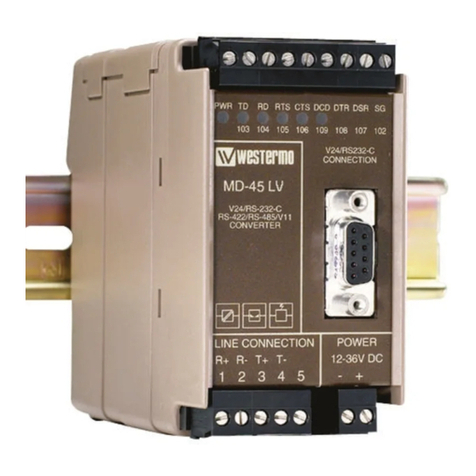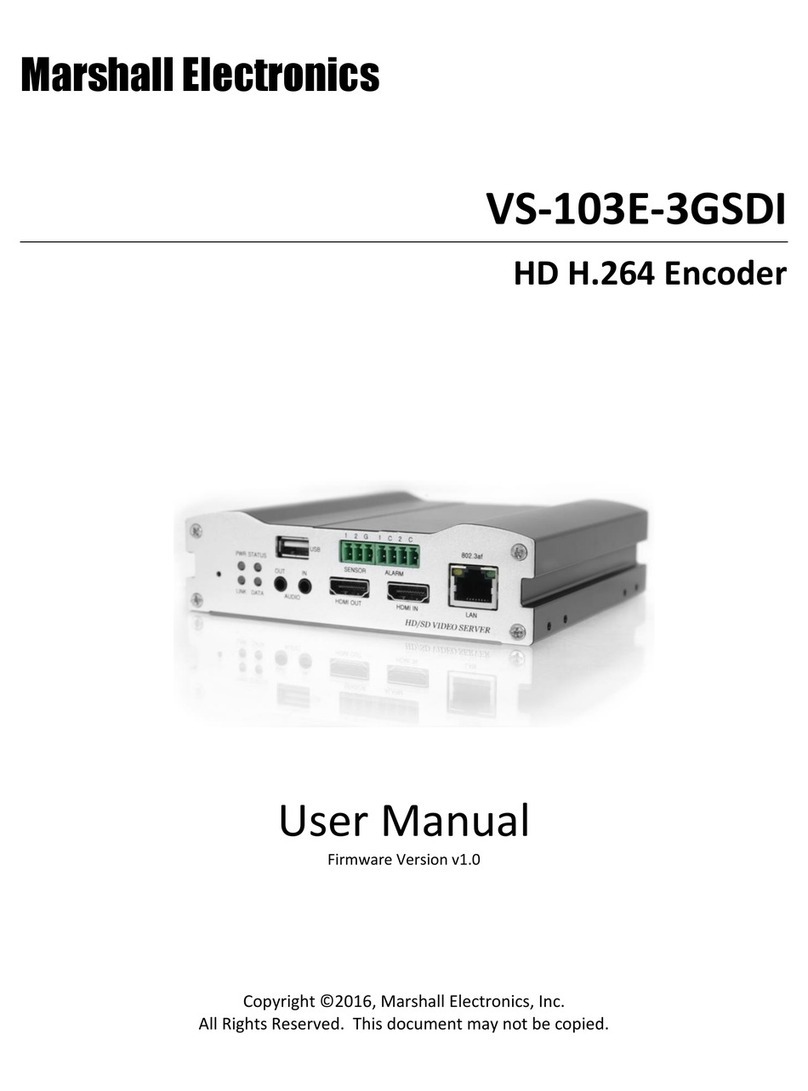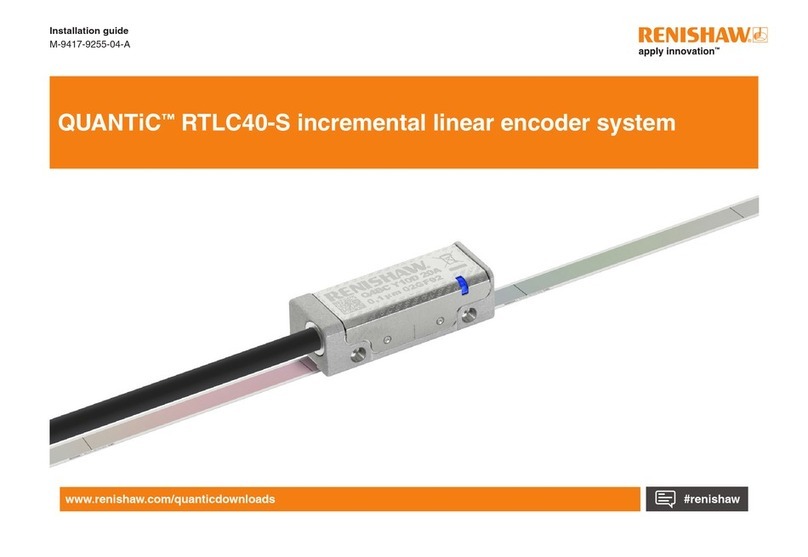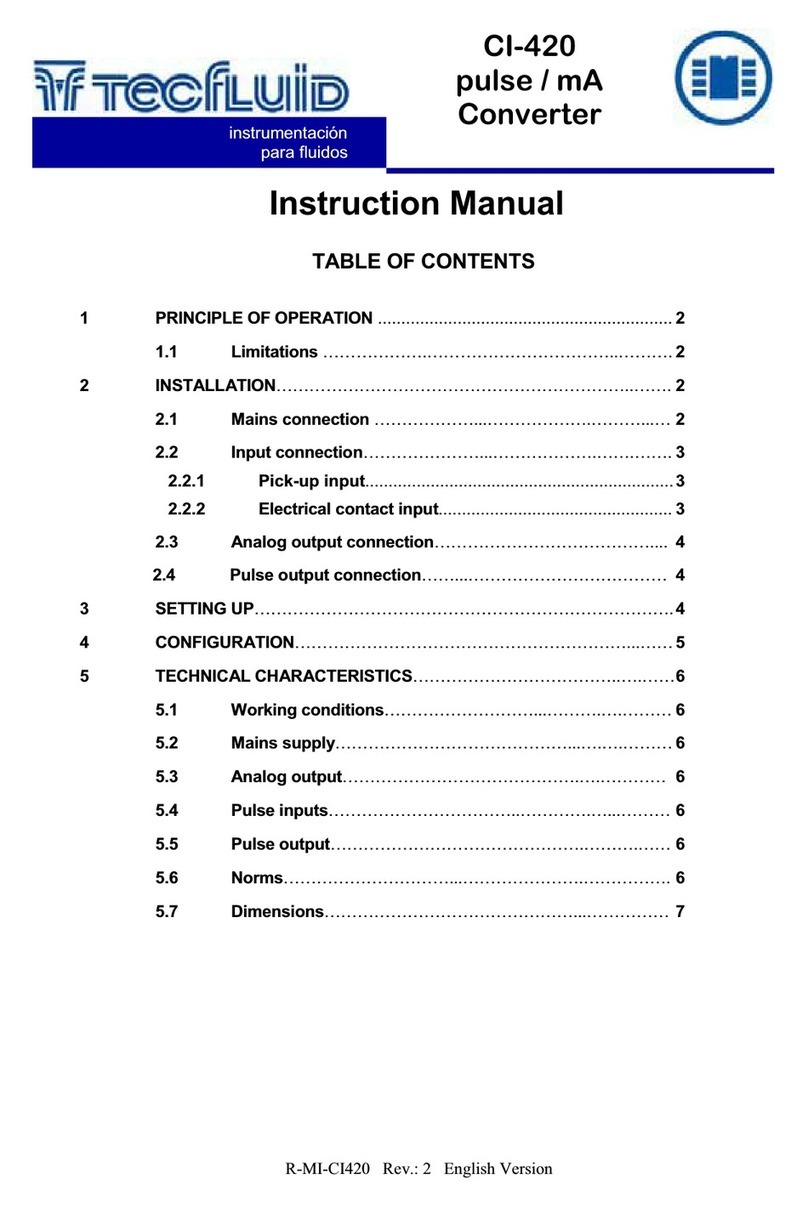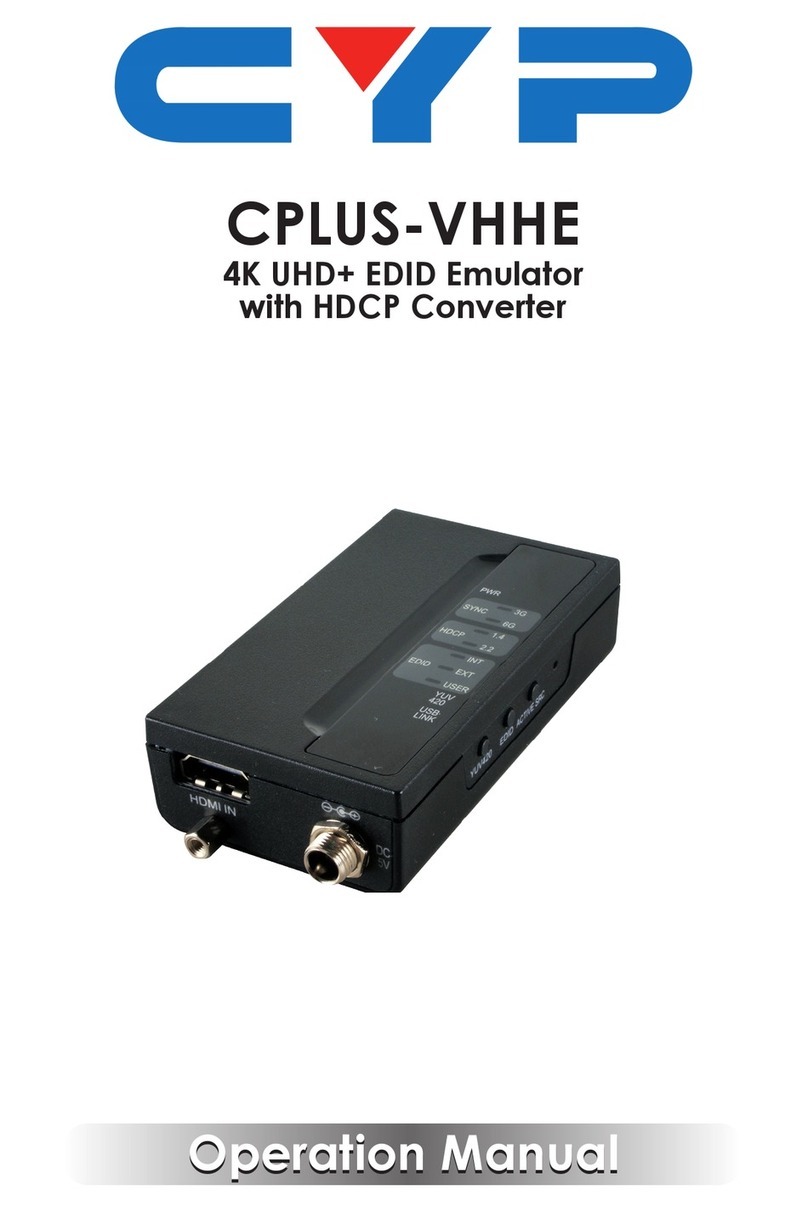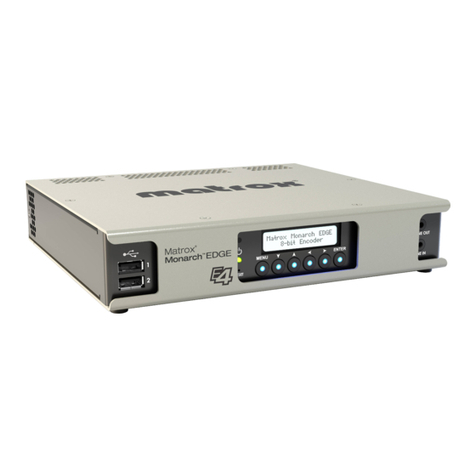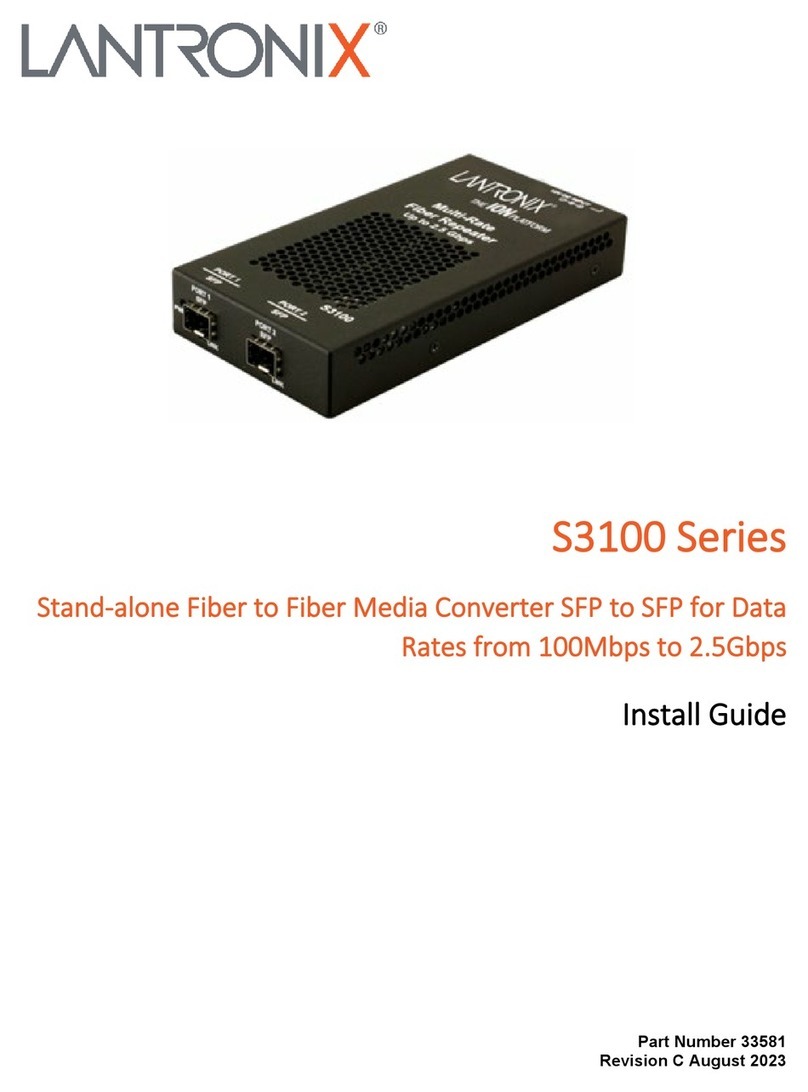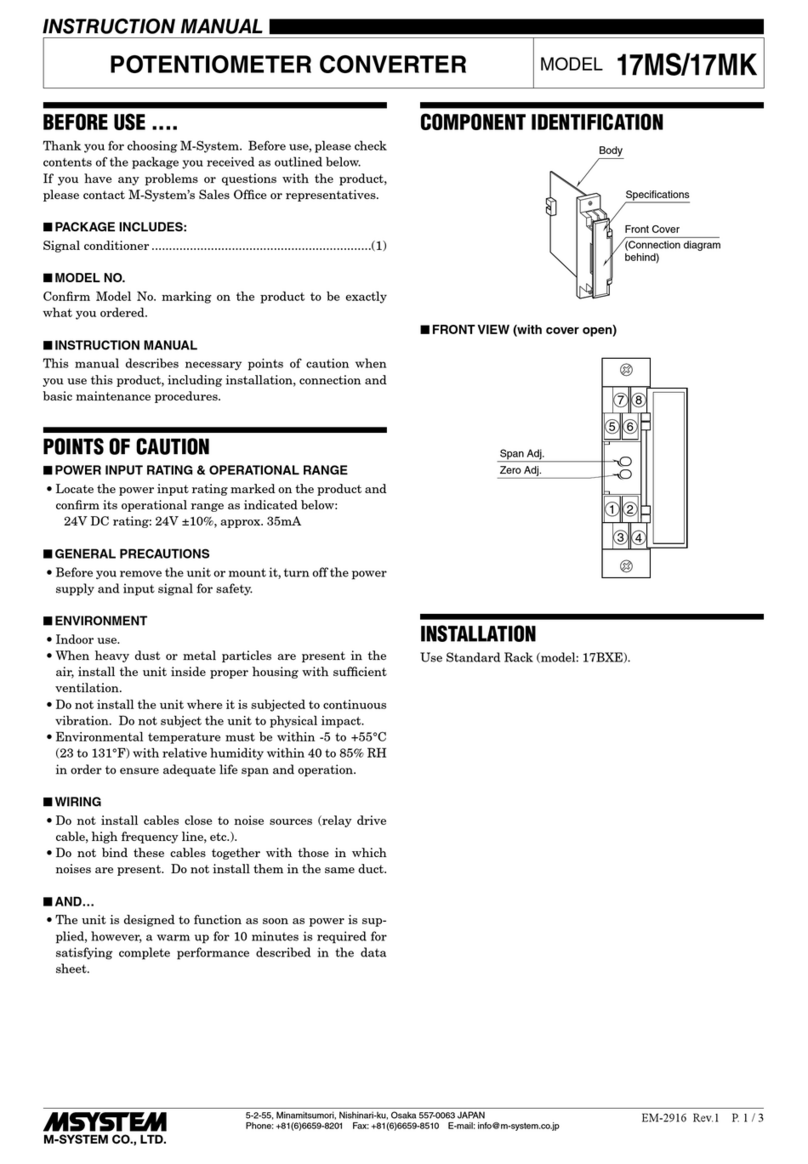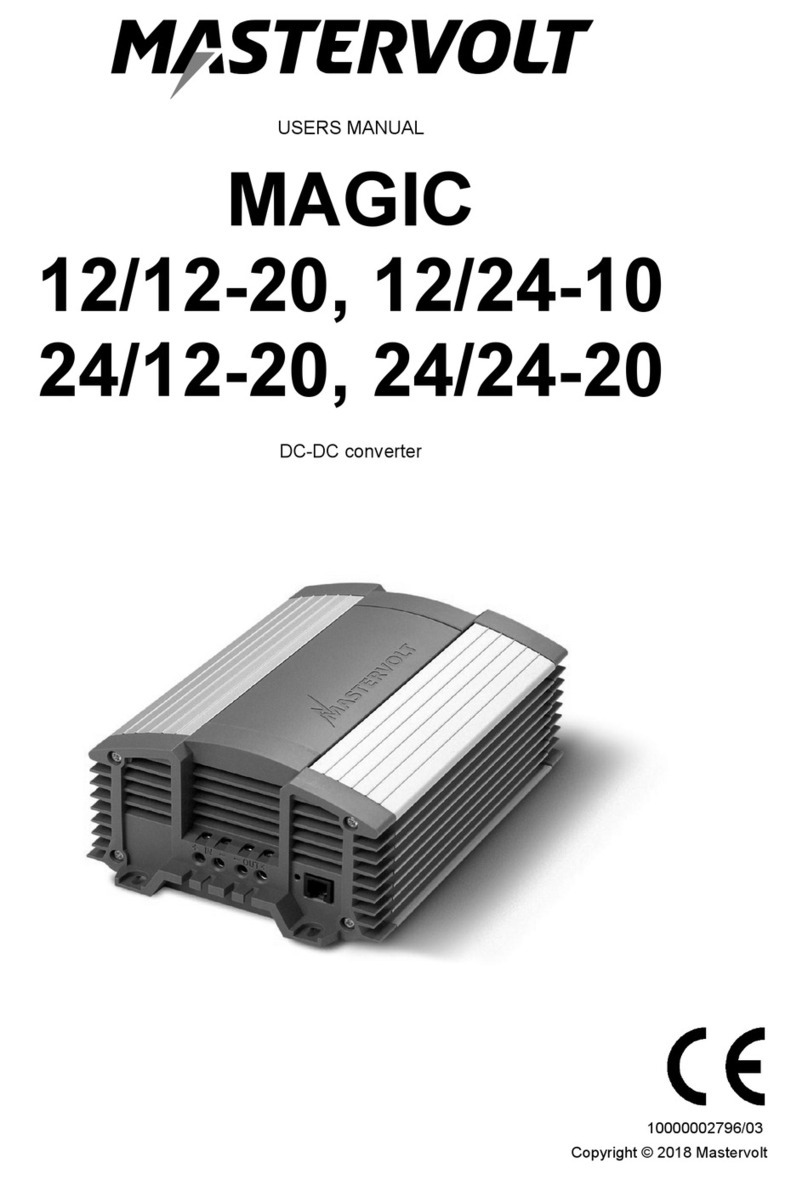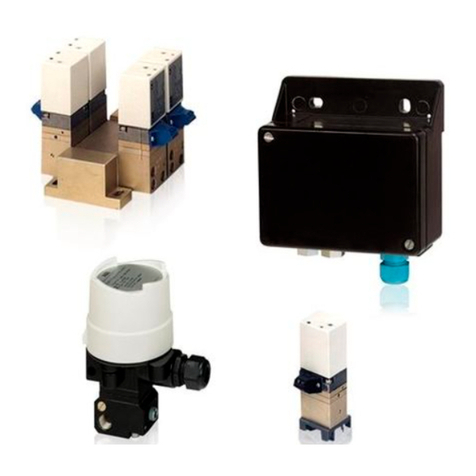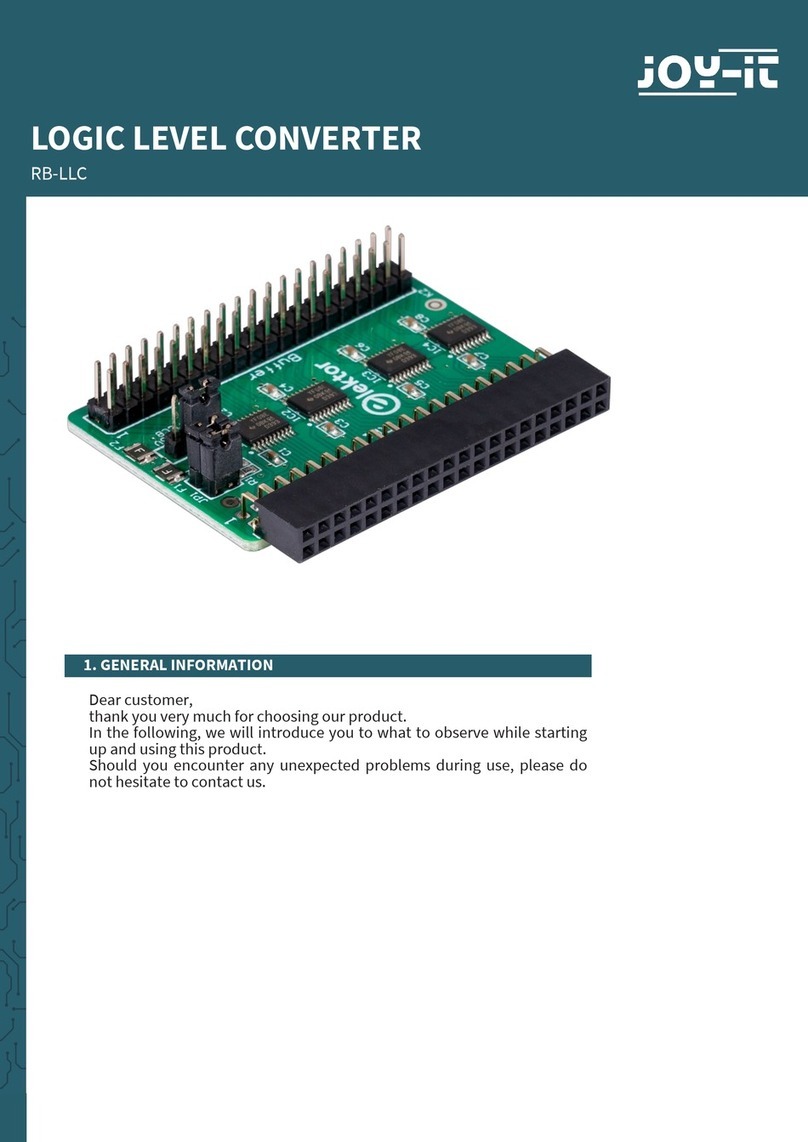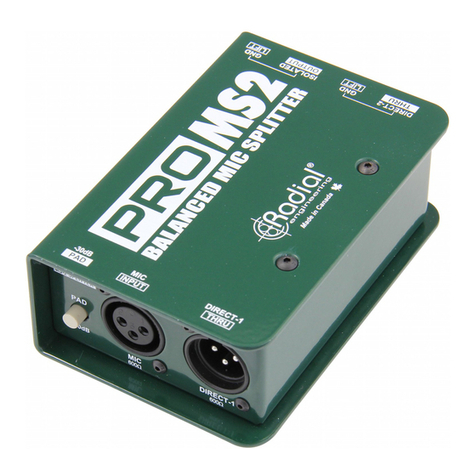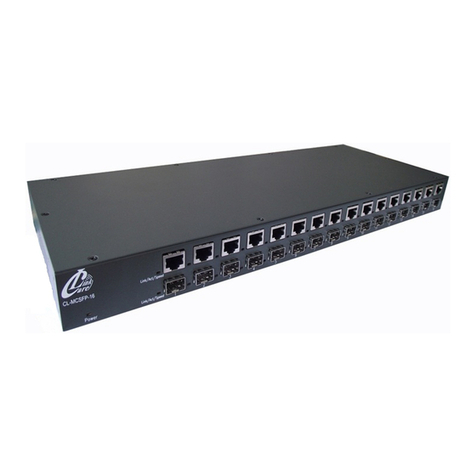Riello RLAS 650-800 FGR 6 Quick start guide

Installation, use and maintenance instructions
20156844 (1) - 02/2019
Conversion kit from /EV to /EV FGR operation
CODE MODEL
20153184 RLAS 650-800 FGR 6”
GB


General warnings
1 20156844
GB
1.1 Guarantee and responsibility
The rights to the guarantee and the responsibility will no longer be
valid in the event of damage to things or injury to people, if such
damage/injury was due to any of the following causes:
intervention of unqualified personnel;
carrying out of unauthorised modifications on the equipment;
powering of the burner with unsuitable fuels;
faults in the fuel supply system;
repairs and/or overhauls incorrectly carried out;
use of non-original components, including spare parts, kits,
accessories and optional;
force majeure.
The manufacturer furthermore declines any and every responsibil-
ity for the failure to observe the contents of this manual.
– Personnel must always use the personal protective equipment
envisaged by legislation and follow the indications given in this
manual.
– Personnel must observe all the danger and caution indications
shown on the machine.
– Personnel must not carry out, on their own initiative, operations
or interventions that are not within their province.
– Personnel must inform their superiors of every problem or dan-
gerous situation that may arise.
1.2 Installation safety notes
1 General warnings
DANGER
It is obligatory to carry out all installation, mainte-
nance and dismantling operations with the electric-
ity supply disconnected.
DANGER
Isolate the fuel supply.
WARNING
The installation must be carried out by qualified per-
sonnel, as indicated in this manual and in compli-
ance with the standards and legal requisites in
force.
CAUTION
After removing all the packaging, check the integrity
of the contents. If in doubt, do not use the spare
parts kit; contact the supplier.
Wait for the components in contact with heat sourc-
es to cool down completely.
After carrying out maintenance, cleaning or check-
ing operations, reassemble the cover and all the
safety and protection devices of the burner.

20156844 2
GB
Conversion kit from /EV to /EV FGR operation
2.1 Kit description
The kit is composed of:
Tab. A
2 Conversion kit from /EV to /EV FGR operation
No. Description Q.ty
8004 Screws 8
8006 Hexagonal nut 8
8007 Washers 8
8009 Washers 8
8010 Gasket 1
8014 Immersion probe 1
8015 Sliding fitting 1
8016 Suction assembly RLAS 650-800 FGR 6” 1
8018 Connector assembly for flue gas probe 1
Instruction 1
Before starting the kit installation operations, get a
suitable lifting system ready.
Be careful as some drops of fuel may leak out dur-
ing the kit installation phase.
10 ±5
8016
8006 8009
8004
8007 8010
8014
8015
Fig. 1
20153184
To install the probe, remove the plug
To install the FGR assembly, remove the
cover of the burner air intake

Conversion kit from /EV to /EV FGR operation
3 20156844
GB
2.2 Conversion
The burner is supplied in the configuration indicates in Fig. 2.
In order to convert the burner into the FGR operation, proceed as
follows:
remove the suction assembly 2) by uninstalling the air servo-
motor 1) and the fixing screws with the casing;
from the suction assembly (A) remove the cover 1)(B) in order
to install the RLAS 650-800 FGR 6" suction assembly 2)(C)
code 20153157.
The screws and the material for the fixing 3)(D) must be
installed as indicated in Fig. 3.
Once the FGR unit has been fixed, you need to assemble the
suction assembly in the burner, fixing it to the casing with the
screws previously removed and re-assembling the servomo-
tor.
2.3 Installation of immersion probe
To install the immersion probe, proceed as follows (Fig. 4):
remove the plug 1);
install the probe 2) complete with the fitting.
DANGER
Disconnect the electrical supply from the burner by
means of the main system switch.
2
1
Fig. 2
20157434
AB
1
C2
3
D
Fig. 3
20157443
10 ±5
2
1
Fig. 4
20157474

20156844 4
GB
Conversion kit from /EV to /EV FGR operation
2.4 Electrical wiring
For the electrical wiring refer to the burner electrical diagram or to
Fig. 5 and proceed as follows:
remove the cover from the air servomotor 1) Fig. 2, page 3;
connect the WG53 cable to the -X2 connector;
If the oxygen kit is installed, wire the WG54 cable supplied with the
kit to the -X2 connector of the FGR servomotor and return to the
burner electrical panel of the burner at the terminal board, see the
burner electric diagram.
Connect the temperature probe using the connector No. 8018
supplied with the kit. The probe connection does not require any
wiring while for the electrical panel, see Fig. 6 or the burner electric
diagram.
!"#$!"
%&
'(
Fig. 5
S9812
Fig. 6
S9813

Conversion kit from /EV to /EV FGR operation
5 20156844
GB
2.5 FGR duct system
– Normally the duct would connect to the stack as shown in
Fig. 7, with a 45° cut facing the flue gas flow and with the center
of the cut centered in the stack.
The duct could be made to the smoke box, but must still be lo-
cated with the same 45° cut facing the flue gas flow stream and
with the center of the cut in the center of the stream.
– The duct should be routed in a manner that has the minimum
number of elbows and provides for the normal expansion and
contraction of the piping.
Long duct runs can change length by over 1” and can put an
extreme load on the connecting points that could cause com-
ponent failures.
The design must include offsets that will allow for the required
movement of the piping without undue force on the burner or
stack.
– Duct expansion and contraction can be managed by using two
relatively long duct runs that are 90° opposed to each other.
A small movement in the angle between these two legs will pro-
vide the space needed to absorb the expansion and contrac-
tion. The ends of the FGR duct must be securely attached to
allow this to work properly, and prevent high loads from being
applied to the burner or stack.
– A condensation drip leg must be provided upstream of the FGR
control valve and the FGR shut-off valve (if used). There must
be sufficient condensate drip legs and catch space (volume of
drip legs) to prevent the condensation from flowing through the
control valves and into the fan.
In cases of heavy condensation, a condensate drip leg may be
required on the bottom of the housing, to remove condensate.
– Determine if pipe reducers are needed for the connection to the
FGR control valve and the FGR shut-off valve.
– The duct must be properly supported, handling both the weight
of the duct and to control the thermal expansion and contrac-
tion. The supports may need to be anchored to provide this sta-
bility in the FGR duct.
– The FGR duct is normally made from schedule 40 pipe be-
cause it is easily obtainable and inexpensive.
Schedule 20 pipe can also be used for this application.
– The duct components must be seal welded, flanged or screwed
together to provide an air tight duct.
Air leakage into the duct will prevent the system from working
properly. It is sufficient to only inspect the welds for a proper
seal, they do not need to be leak tested.
Key (Fig. 7)
1 Primary gas supply inlet
2 Inducted FGR modulating damper
3 Flue gas recirculation pipe
4 Boiler stack
5 Alternate Construction Using “T”
6 Burner
7Boiler
8 Drain Valve (Manual Ball Valve, Stainless Steel)
9 Drain line
10 Condensate Trap
CAUTION
Uncontrolled condensation can cause premature
failure of the control valves, fan and motor.
Adequate means must be provided to remove con-
densation from the system.
Cold start-up will generate significant amounts of
condensation.
45
D11299/S8367
1
2
3
3
4
76
8
9
10
5
8
8
Fig. 7

20156844 6
GB
Conversion kit from /EV to /EV FGR operation
2.5.1 Flue gas recirculation line sizing
The Tab. B can be helpful to correctly size the FGR pipes taking
flue gases from boiler stack base up to the burner intake port.
Maximum allowed pipe length (considering smooth steel pipes) is
specified for every burner and pipe diameter.
To prepare the Tab. B a flue gas maximum temperature of 500°F
was considered.
Tab. B
To account for the flow resistance at 90° elbows of the flue gas cir-
cuit, the following equivalent straight pipe length values can be
considered, and shall be deducted from the maximum pipe length
values indicated in Tab. B to obtain the maximum length of FGR
pipe development in the considered instance:
Tab. C
Example RLAS 650/EV FGR:
foreseen overall pipe development: 80’
foreseen number of bends: 3
Start considering a 6” pipe.
In Tab. B you see that maximum allowed length is 80’, then we
must take off 3 x 15’ = 45’ to account for bends. We then obtain a
maximum pipe value of 35’ that is < 80’ so it’s not fine.
You understand that pipe diameter is too small so we must choose
a 8” diameter.
Maximum allowed pipe length
FGR = 200’ - 3 x 15 ’= 155’ that is > 80’ so it is fine.
2.5.2 Calculating the percentage of recirculated flue
gas
As a general rule, recirculated flue gas quantity must be adjusted
so as to recirculate the smallest quantity necessary to obtain the re-
quired NOx rate.
Adjustment is carried out through the throttle valve located on FGR
pipe. It is necessary to consider that too high a quantity of recircu-
lated flue gas could lead to flame instability and excessively high
CO rate. To calculate the % of recirculated flue gas, use the formu-
la below: % IFGR= (CO2 R)/(CO2 f) x 100.
Where:
(CO2 R) is the percentage of CO2 measured at the burner cou-
pling
(CO2 f) is the percentage of CO2 measured at the stack.
Diameter of FGR pipe RLAS 650/EV FGR RLAS 800/EV FGR
4" 10’ -
6" 80’ 60’
8" 200’ 150’
Size of pipe
Pipe fittings
90° elbow 45° elbow
4" 10' 5,5'
6" 15' 8'
8" 20' 11'




Subject to modifications
This manual suits for next models
1
Table of contents
Other Riello Media Converter manuals


